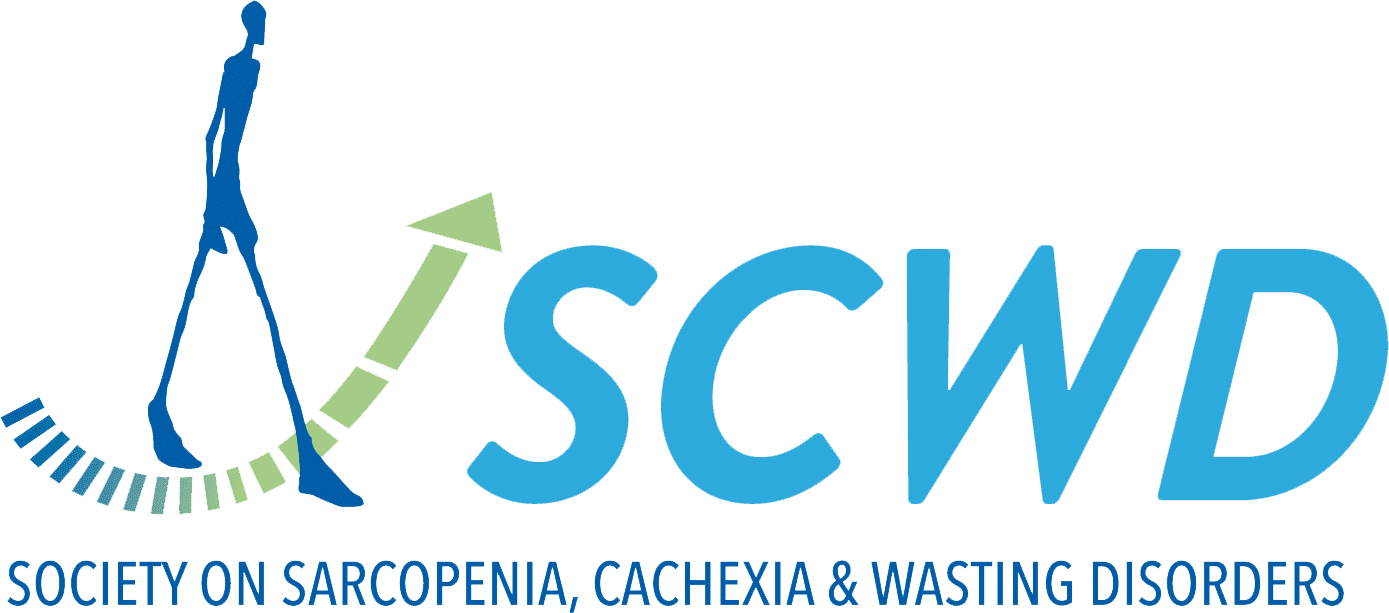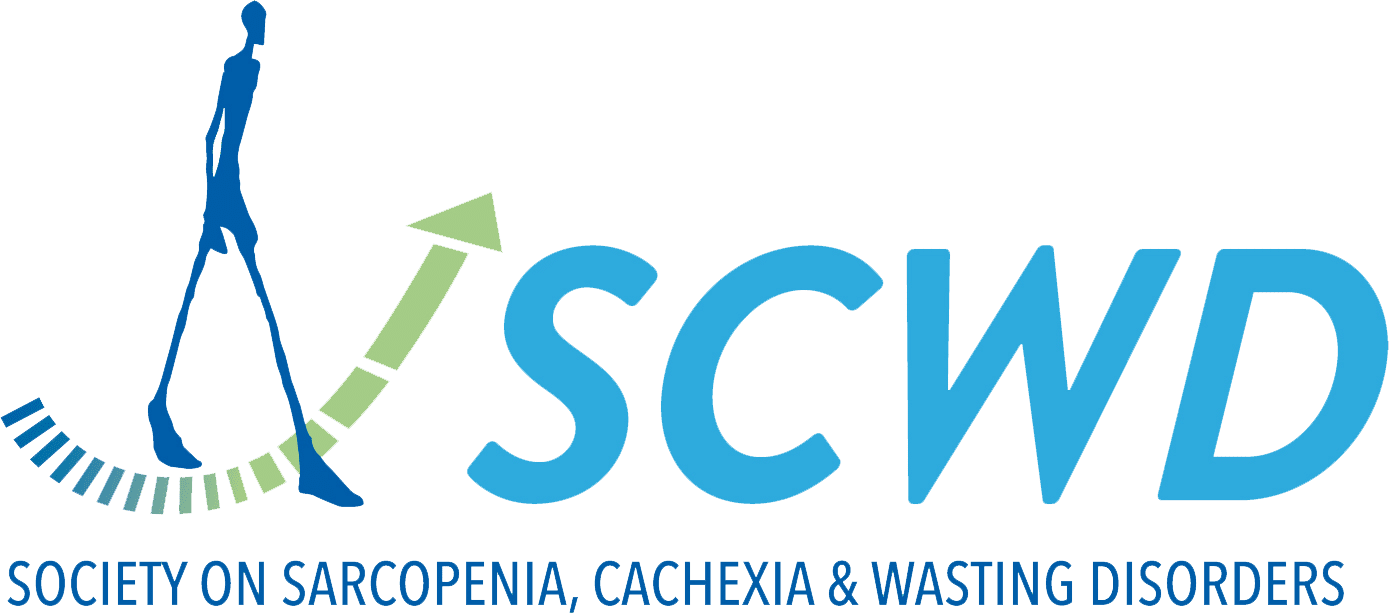CACHEXIA DEFINITION
Cachexia has been defined as a loss of lean tissue mass, involving a weight loss greater than 5% of body weight in 12 months or less in the presence of chronic illness or as a body mass index (BMI) lower than 20 kg/m2. In addition, usually three of the following five criteria are required: decreased muscle strength, fatigue, anorexia, low fat-free mass index, increase of inflammation markers such as C-reactive protein or interleukin (IL)-6 as well as anaemia or low serum albumin.
Cachexia can occur in most major diseases including infections, cancer, heart disease, chronic kidney disease, chronic obstructive pulmonary disease, and stroke.
REFERENCES
Evans WJ, Morley JE, Argiles J, Bales C, Baracos V, Guttridge D, et al. Cachexia: a new definition. Clin Nutr 2008;27:793–799
Fearon K, Strasser F, Anker SD, Bosaeus I, Bruera E, Fainsinger RL, Jatoi A, Loprinzi C, MacDonald N, Mantovani G, Davis M, Muscaritoli M, Ottery F, Radbruch L, Ravasco P, Walsh D, Wilcock A, Kaasa S, Baracos VE. Definition and classification of cancer cachexia: an international consensus. Lancet Oncol 2011;12:489–495.


